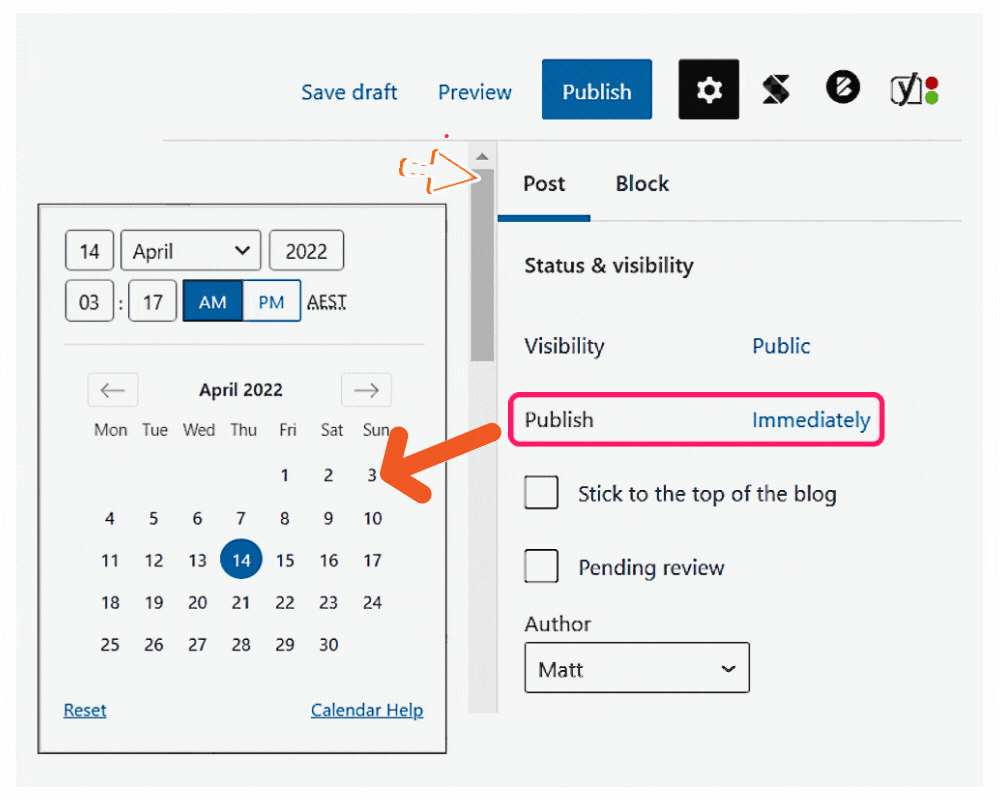Publishing Phase
Pre-Publishing Checks
This is the last lesson in the course. We shall be going over the different sections of a blog post to ensure that your final article is ready for publishing.
We shall categorize these checks according to the sections below:
- Headline
- Introduction
- Body
- Conclusion
- Publish
Doing a Final Post Review
Let’s now go over the final reviews to ensure that our article is ready for publishing.
Article Headline
Your headline is the first thing that your reader notices. Therefore it should be compelling and should draw a reader to it.
Here are some more points to consider as you review your headline:
- First, it should reflect the actual value of the article content.
- Ensure to use words and phrases that are clear and appeal to your audience.
- Also, it should be short and precise.
- It should include your target keyword for good SEO
Introduction
The introduction is one section where you need to draw in the reader by captivating them right from the first sentence.
Start by highlighting a common problem and then offering solutions to it. And include a detailed overview of your content. This highlights to the reader the value of your content.
Ensure your first introduction paragraph includes your target keyword for better search engine optimisation.
Review your introduction to ensure it includes these suggestions.
Content Body
The body of your article is the most extended section of the different sections and requires you to be diligent to ensure everything checks out.
Here are some more checks and balances for ensuring your content body is ready:
- Have you included the use of subheadings to separate your content into sections?
- Are your paragraphs short and concise?
- Have you included images to complement the content?
- Have you included your keywords and key phrases?
- Have your grammar and punctuation errors been checked?
- Are there any internal links and backlinks used?
- Make sure that all links are not broken.
- Have you done your proofreading and read-out-loud tests?
Conclusion
When concluding your article, ask yourself the following questions:
- Has the post been summarised to highlight the gist of the content?
- Is the summary short and concise?
- Does the summary direct readers to your content? Some readers will scroll directly to the summary before heading into the body of the content.
Publish
Before we publish our post, we need to check the following:
- Check the publish date and time. Have you scheduled your article to be published on an ideal time and day? These factors matter if you are to reach your target audience effectively.
- Have you checked that your permalink is correct?
- Have you shared your content on social media?
- Have you enabled social media sharing buttons on your post?
If you ensure to go over all the above checks and suggestions, your blog is as good as ready to rank well in search engines.
Schedule a Post for Publishing
Your post is ready for publishing. Let’s look at how to do this. It is also possible to schedule your post for publishing later in WordPress.
1. In your WordPress post, scroll to the menu on the right side of the edit screen. Click on “Post.”
2. Under the “Status and visibility panel”, you will find the “Publish” tab. Click on “Immediately” to open the calendar window.

3. Here, you can choose today’s date if you wish to publish your post immediately, which is the highlighted default date. When you click “Publish”, then your post will go live.
You can also select a future date and time to schedule your post. When you choose to schedule at a future date and time, the “Publish” button will change to “Schedule.”
Some Helpful Links
Take a look at these other links for more information.

